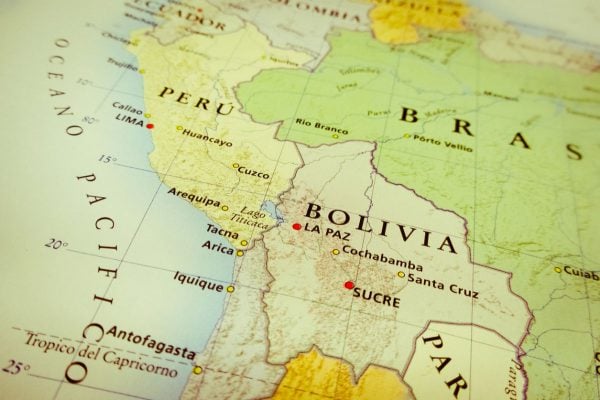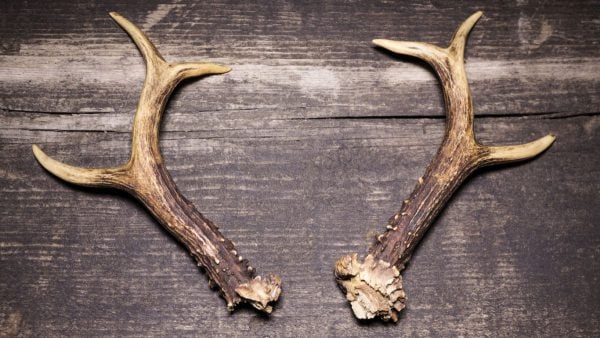More commonly known by the name North Andean huemul, the taruca is a vulnerable species of deer that is related to, but should not be confused with, the South Andean huemul. The taruca inhabits elevated areas of Peru, Chile, Bolivia and Argentina.
Key facts about the Taruca or North Andean huemul
Physical description
- The taruca is a medium-sized deer that can grow to a height of 31in (80cm) and weighs up to 176lb (80kg). Their limbs and neck are short and their bodies are stocky.
- They are identifiable from other types of deer by the dark ‘Y’ or ‘V’ shaped marking on their faces, although this is more pronounced in males.
- Males also have antlers that can grow up to 11in (27cm).
- Their coat is made up of thick hairs that are light to grey-brown and white underneath.
Behaviour
- Taruca are known to live in groups of up to seven, which include males, females and fawns. The taruca herd social structure is unique when compared with different South American deer species as it is led by a female adult.
- They breed between June and August, giving birth to one young after a gestation period of around nine months.
- The female hides the fawn for the first month after it is born before rejoining the herd.
- Although they live at high altitudes, they generally drop altitude in winter to live in sheltered valleys.
Habitat

- The taruca inhabits the central and eastern cordilleras of the northern Andes, including highland areas in southern Peru (including Huascarán and Manu National Parks and Pampa Galeras National Reserve) and northern Chile (Lauca National Park). They are also found in northern Argentina (north of La Rioja) and in the high Andes in the east of Bolivia (north of La Paz and around Cochabamba).
- They have been recorded living at altitudes of up to 16,400ft (5,000m) above sea level, but also populate areas of Argentina that sit at a much lower 8,200ft-10,000ft (2,500m-3,000m).
- Their habitats normally include rocky areas of sparse vegetation, such as sub-alpine meadow and tundra. This explains the sandy gray coloring of their coat, which provides excellent camouflage in this type of environment. In Argentina, lower altitude habitats include wet forest fringes and rocky grasslands.
Population size
- Although no extensive census has been conducted, estimates put the entire population of the taruca at 12,000-17,000 individuals, with numbers estimated at 1,000 in Chile (where research has been undertaken).
- Peru is believed to have the largest population, with the number of taruca estimated at between 9,000 and 13,000.
Threats

- The taruca is classified as vulnerable on the IUCN Red List.
- Their habitats normally infringe upon agricultural land, so they are often hunted as an agricultural pest.
- In Bolivia, they are killed for their antlers as they are believed to be a cure for facial paralysis.
- Their habitats are also under intense pressure due to human settlement.
- Their predators include puma, Magellan foxes and domestic dogs.
No comments yet
There are no comments on this post yet.






Leave a comment